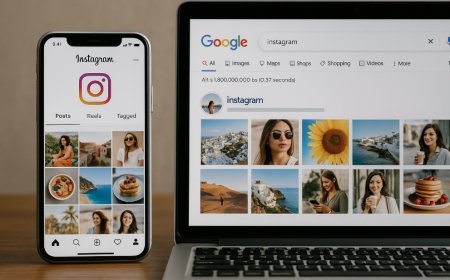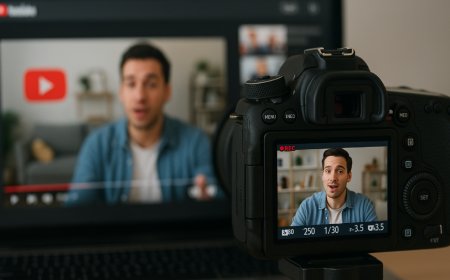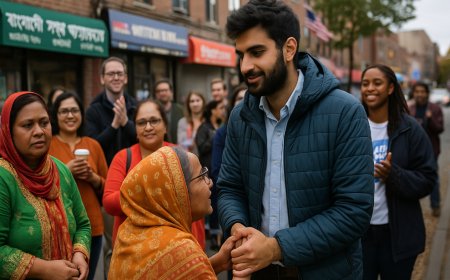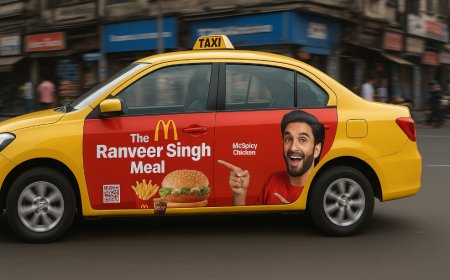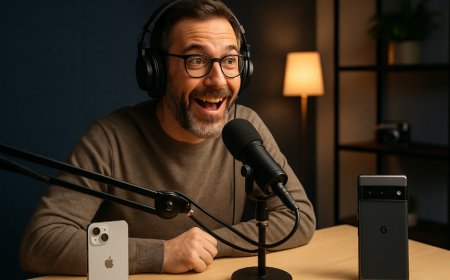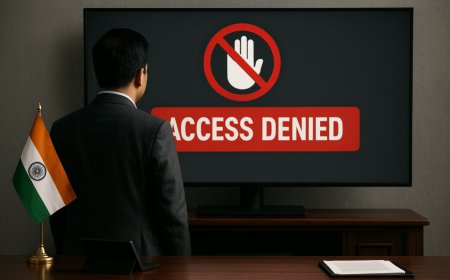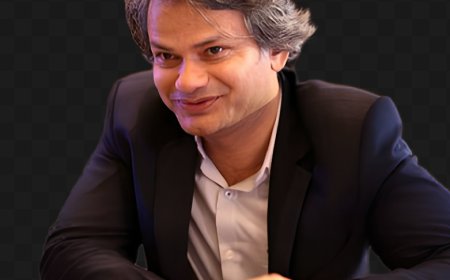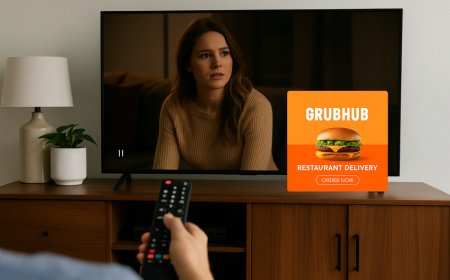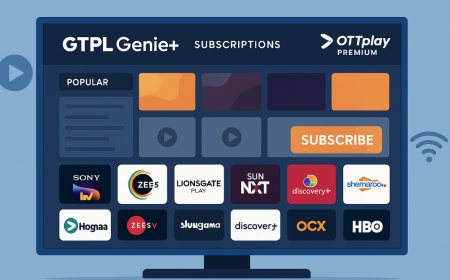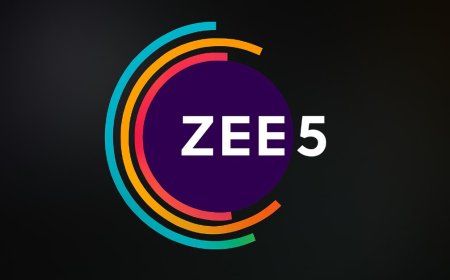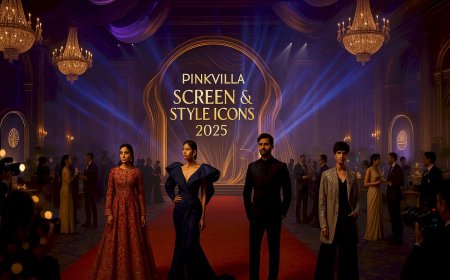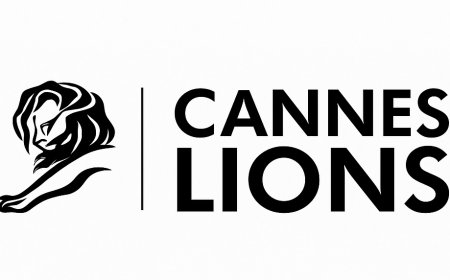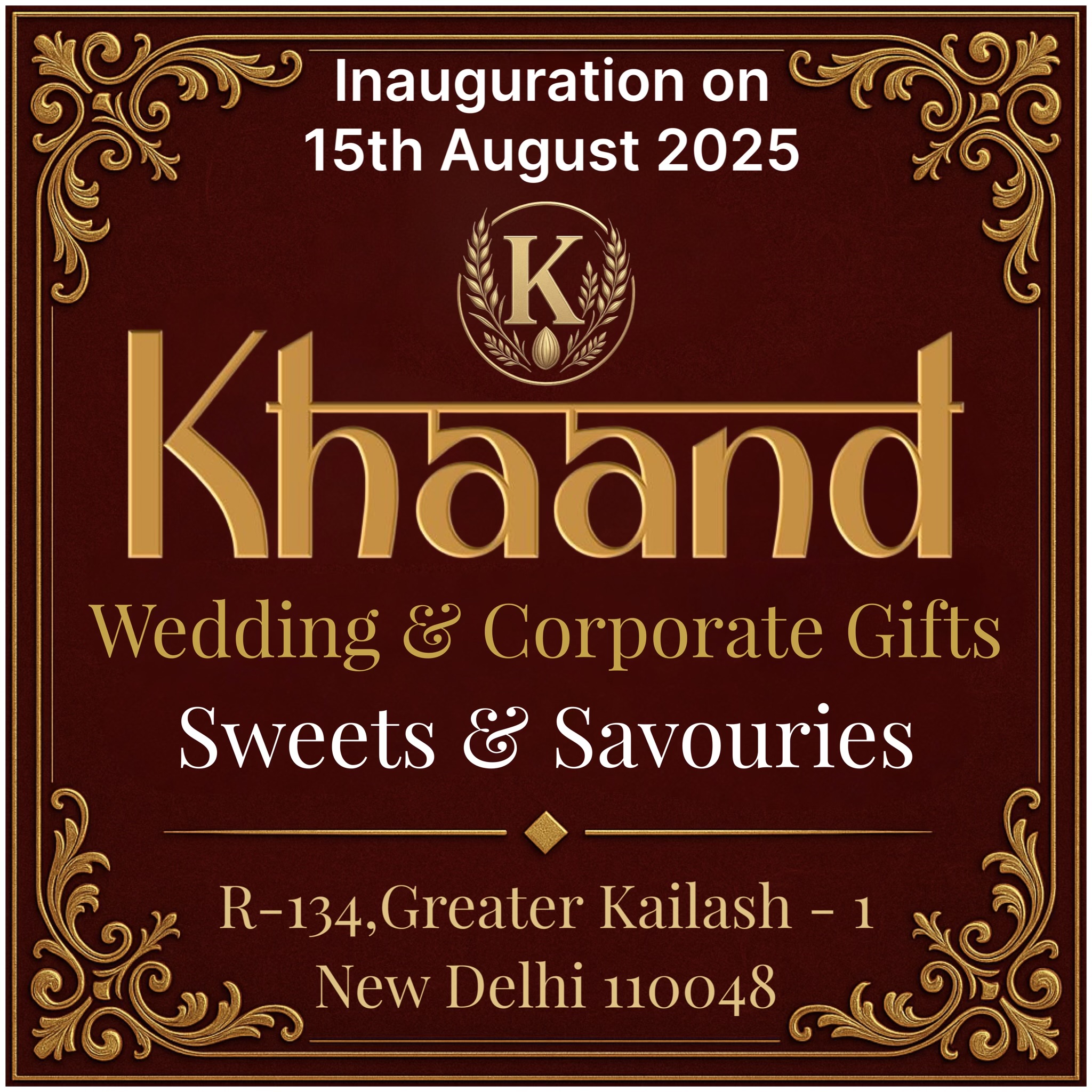Samsung Revives Nostalgia to Showcase the Future: A Closer Look at Its Latest Foldables
Samsung masterfully blends retro charm and futuristic innovation to launch its latest Galaxy Z Fold and Z Flip smartphones. Discover how this nostalgia-driven campaign redefines the foldable category.

A New Chapter in Innovation with a Hint of the Past
In a world where smartphones strive to outdo each other with cutting-edge features and minimalistic designs, Samsung has taken an unexpected yet delightful turn. With the unveiling of its newest foldable phones — the Galaxy Z Fold and Galaxy Z Flip — the tech giant has leaned heavily into nostalgia, offering a campaign that doesn't just introduce a product but also evokes a generation's emotional memory.
The approach is smart, heartfelt, and cleverly engineered to connect the present with the past. It’s a nod to simpler times, flip phones, chunky buttons, and the unforgettable thrill of hearing a handset snap shut after a call. In doing so, Samsung isn’t just selling phones — it’s selling memories updated for a digital age.
Why Nostalgia Works: The Emotional Hook in Marketing
Before we dive into the campaign itself, let’s acknowledge what Samsung gets right — the psychology of nostalgia. Studies in consumer behavior have long shown that memories, particularly those associated with technology and pop culture, have powerful emotional weight. Nostalgia breeds comfort. It makes people feel connected, safe, and warm — and it’s exactly this emotional framework that Samsung activates.
By tapping into the collective consciousness of millennials who grew up with flip phones and early digital devices, Samsung bridges the past and the future. But the move isn't just about reminiscing — it's about positioning foldables not as a gimmick, but as a return to something familiar, made better with innovation.
The Campaign Concept: Past Meets Present
Samsung’s global ad campaign rolls out a vibrant, retro-inspired visual style. Picture neon-lit roller rinks, boomboxes, vintage gaming consoles, and brick phones. The message is clear: foldables are back — and this time, they’re smarter, sleeker, and undeniably cooler.
The ads feature nostalgic settings interspersed with the futuristic elegance of the new Galaxy Z Fold and Flip devices. Each scene is intentionally reminiscent of decades past — the '90s and early 2000s — complete with upbeat background tracks, VHS-style filters, and rotary phones. It’s more than marketing; it’s an aesthetic that invites consumers to reflect on how far they’ve come.
Galaxy Z Fold and Z Flip: A Glimpse into the Tech
Galaxy Z Fold
-
Display: The Galaxy Z Fold unfolds into a mini-tablet with a 7.6-inch Dynamic AMOLED screen.
-
Functionality: It supports multitasking with split-screen features, ideal for professionals and content creators.
-
Design: When folded, it resembles a conventional phone; when opened, it transforms into an immersive productivity device.
-
Performance: Equipped with a high-end Snapdragon processor, 5G capabilities, and a triple-camera setup.
Galaxy Z Flip
-
Form Factor: A modern-day clamshell phone, the Z Flip folds into a compact square and opens up to a 6.7-inch display.
-
Flex Mode: Enables hands-free video calls, selfies, and split-screen multitasking when partially folded.
-
Design Appeal: Stylish, sleek, and available in a variety of bold colors.
Both devices are not only technologically advanced but also deeply rooted in the spirit of innovation that defined earlier eras of mobile phones — especially the flip and folding models from the 1990s and 2000s.
Rewriting the Foldable Narrative
When foldables first re-emerged in the market a few years ago, they were met with skepticism. Would consumers accept moving parts again? Would the hinges last? Was it merely a gimmick?
Samsung has steadily addressed those concerns — refining the design, improving hinge durability, adding water resistance, and expanding app compatibility. The latest models reflect maturity in design and performance. But to overcome lingering doubts, Samsung needed more than tech specs — it needed a story. And nostalgia provided the perfect plotline.
The new campaign positions foldables not as unfamiliar new tech but as evolved classics. It’s the storytelling that helps the foldables feel less like futuristic novelties and more like long-lost companions making a comeback.
Social Media & Pop Culture Integration
Samsung didn’t stop at just visual storytelling. The campaign spills over into social platforms with short-form videos, influencer partnerships, and challenges that revolve around iconic cultural references. TikTok influencers recreate ‘90s routines with the new Z Flip. Instagram reels show transitions from retro flip phones to the present-day Z Fold with satisfying snap transitions.
There’s even a touch of fashion — with accessories that resemble beaded phone charms and neon-colored cases — drawing directly from Y2K trends that are already making a comeback in fashion circles.
In doing so, Samsung aligns its brand not just with technology, but with lifestyle, culture, and trendsetting — especially appealing to younger, style-conscious consumers.
The Retail Experience: Retro Reimagined
Samsung stores and pop-ups for the foldable launch have been transformed into retro playgrounds. Think pastel color palettes, jukebox music, VHS tapes stacked on shelves, and cassette-themed merchandise. It’s a nostalgic museum meets futuristic showroom — with guests encouraged to take selfies on Z Flips in front of disco balls or play Pac-Man on vintage arcade machines before exploring the new tech.
The idea is to create an emotional and tactile experience — a real-world manifestation of the campaign’s theme. By turning the phone-buying process into an immersive throwback journey, Samsung deepens brand engagement in a way few tech companies do.
Appealing to Multiple Generations
While the campaign heavily targets millennials, who are most likely to remember the retro references, it also cleverly invites Gen Z to explore a style they know through pop culture. For younger audiences, the appeal lies in the “newness” of something old. Flip phones are cool again — and Samsung is making sure they’re not just vintage collectibles, but futuristic powerhouses.
Even older generations who recall the original flip phones might find familiarity comforting. The tactile satisfaction of closing a phone with a satisfying click is a design pleasure that modern slab phones don’t offer.
By spanning multiple generations, Samsung ensures the campaign has wide appeal — turning curiosity into interest, and interest into purchase.
Marketing Beyond Specs: Selling Emotion
At its core, this campaign is a masterclass in emotional marketing. Samsung isn’t just marketing megapixels, RAM, or refresh rates — it’s marketing how the phone makes you feel. Nostalgia is the hook, but the innovation is the promise.
It’s a formula that’s becoming increasingly important in a saturated market where hardware improvements feel incremental. In such a climate, emotional storytelling can be the difference between a forgettable launch and a cultural moment.
What This Means for the Future of Foldables
Samsung’s campaign does more than drive sales — it helps reframe the entire category of foldables. By anchoring the narrative in familiarity and emotion, the brand reshapes perception and opens the door for wider adoption.
In the coming months, we’re likely to see more brands replicate this model — not necessarily by copying nostalgia, but by attaching emotional value to innovation. It’s proof that even in high-tech sectors, the heart still matters.
Final Thoughts: A Fold Back to the Future
With its latest foldables, Samsung has not only introduced remarkable pieces of technology but also demonstrated the enduring power of storytelling. By reviving the spirit of flip phones and placing them in the hands of modern users, the company has accomplished something rare — it made innovation feel personal.
What's Your Reaction?
 Like
0
Like
0
 Dislike
0
Dislike
0
 Love
0
Love
0
 Funny
0
Funny
0
 Angry
0
Angry
0
 Sad
0
Sad
0
 Wow
0
Wow
0
